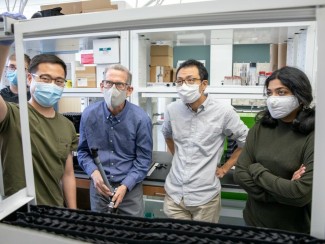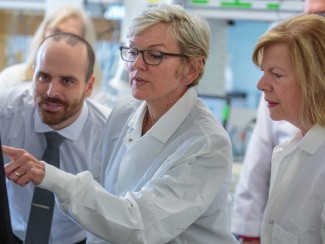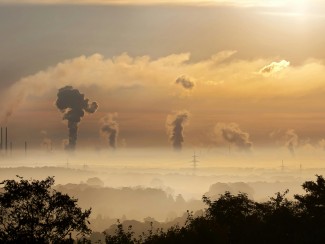Co-authored by UW–Madison professor Gregory Nemet, the first comprehensive assessment of the state of carbon dioxide removal highlights the need for a massive increase in new technologies that can take carbon from the atmosphere and store it indefinitely, a challenge being studied by other UW–Madison researchers.
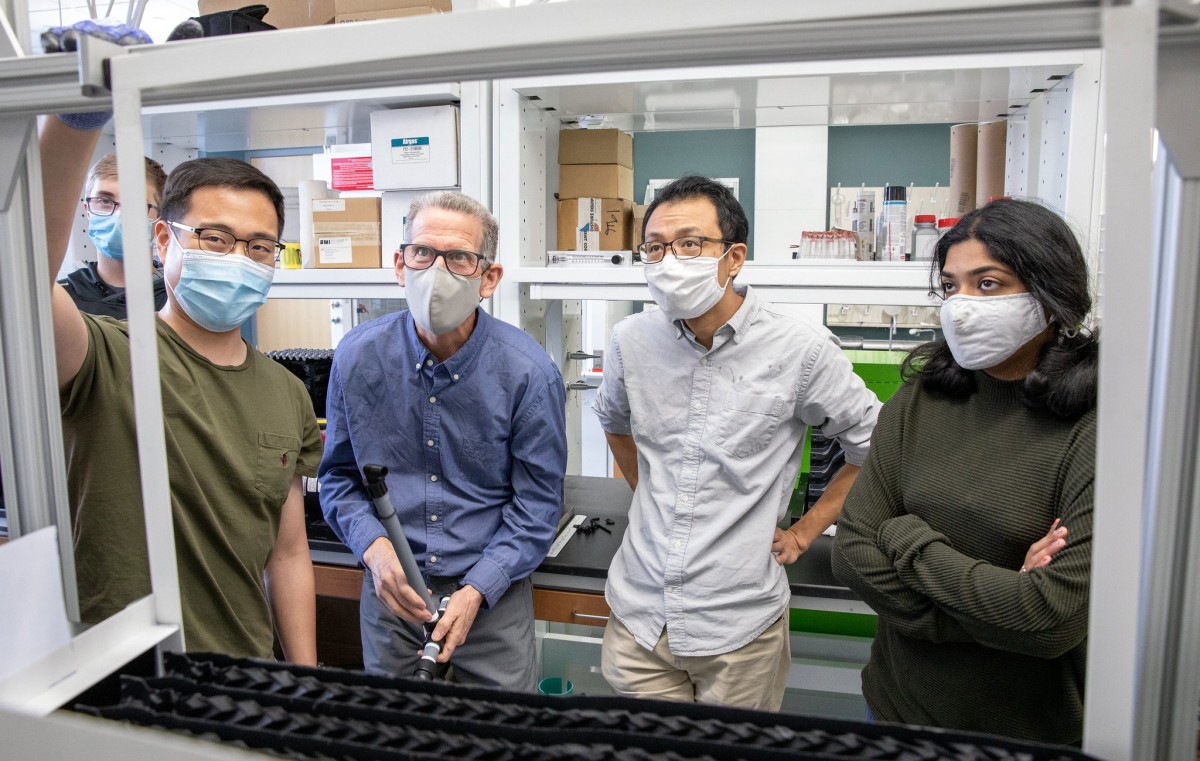
Most efforts in the fight to slow climate change have focused on replacing fossil fuels with clean energy sources, but scientists say that just reducing greenhouse gas emissions isn’t enough: we also need to remove carbon dioxide from the atmosphere.
A new report co-authored by a University of Wisconsin–Madison researcher says the amount of carbon dioxide removal called for in current plans falls far short of what’s needed to limit the loss of life and property.
The first comprehensive assessment of the state of carbon dioxide removal, the report highlights the need for a massive increase in new technologies that can take carbon from the atmosphere and store it indefinitely, a challenge being addressed by other UW–Madison researchers.

“Scaling up carbon dioxide removal is an urgent priority,” said Gregory Nemet, professor in the La Follette School of Public Affairs who authored the report in collaboration with an international team of 26 scholars, including UW–Madison PhD student Jenna Greene.
Nemet was also one of the lead authors of the Intergovernmental Panel on Climate Change’s 2022 mitigation of climate change report, which found carbon capture and storage would be needed to meet net-zero emission targets.
Carbon dioxide removal – or CDR – involves two key principles: taking the heat-trapping gas from the atmosphere and locking it up in the ocean, soils, geological formations or in products with long shelf lives.
It does not include technologies used to capture and store carbon dioxide released by burning fossil fuels or as a byproduct of agricultural and industrial practices.
“That’s just stopping carbon dioxide from going into the atmosphere,” Nemet said.
There are several ways to remove carbon dioxide from the atmosphere. Plants do it naturally through photosynthesis. Mechanical processes known as direct air capture use chemicals to react with and trap carbon dioxide, which is then injected into underground formations or bound into durable products like plastic or concrete.
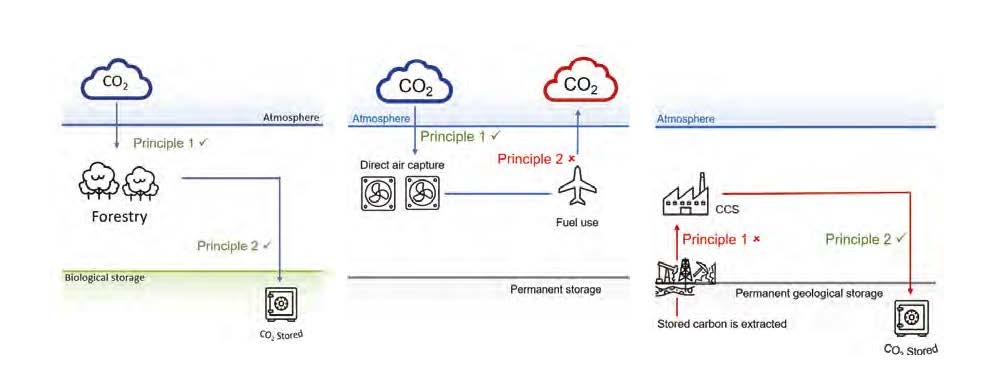
rope-needs-a-definition-of-carbon-dioxide-removal/
Zero Emissions Platform (2020)
Today we remove about 2 billion metric tons of carbon dioxide per year – nearly all of it accomplished by planting and preserving trees, the report found.
That needs to increase to about 10 billion metric tons in order to meet the temperature goals of the Paris Climate Agreement, which aims to keep global warming below 2 degrees Celsius and ideally limit it to 1.5 degrees.
“We’re already at 1.2 (degrees),” Nemet said. “So there's urgency.”
Nemet said natural carbon removal efforts can be doubled, but the rest must come from so-called “novel technologies,” which will need to capture about 1,300 times more carbon than they are today.
To put that in context, the federal Department of Energy is offering $3.5 billion in funding to help launch four direct air capture facilities that could each remove and store at least 1 million metric tons of carbon dioxide per year, which is equivalent to about half the current global capacity for all novel methods.
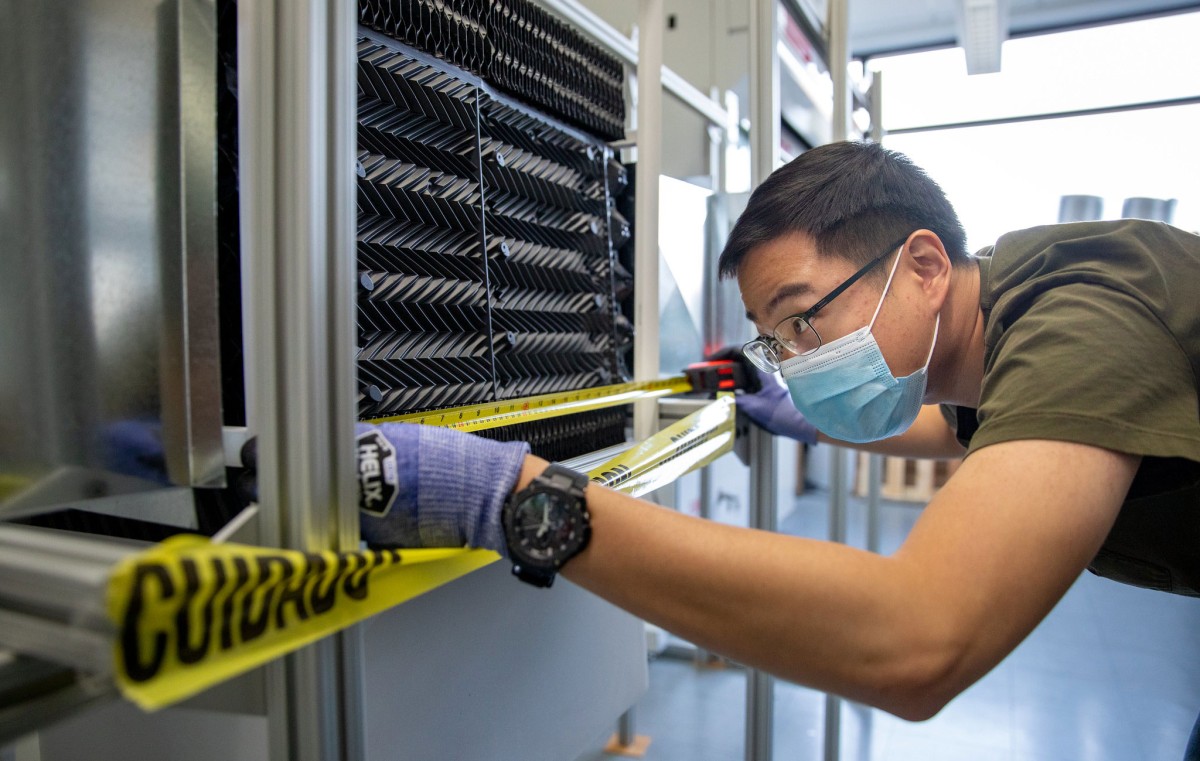
A team of UW–Madison researchers is working on one such technology that pulls carbon dioxide from the air, mixes it with ash or other waste material and turns it into a replacement for cement, one of the world’s largest sources of carbon emissions.
Unlike most direct-air capture technologies, the process requires very little energy.
Known as Earth RepAIR, the project is built on concepts developed by Bu Wang, assistant professor in the College of Engineering, and Rob Anex, professor of biological systems engineering in the College of Agriculture and Life Sciences, who have proven the technology in their lab at the Wisconsin Energy Institute and are now trying to commercialize it.
Their student-led project was among the finalists in the $100 million XPRIZE competition, which is designed to spur development of carbon removal technologies. Now with the help of a $2.3 million Department of Energy grant, Wang and Anex are developing recipes for concrete that can meet industry standards.
If they succeed, Anex said they will have a product that is stronger and more durable than conventional concrete, the second most widely used substance on earth, without the substantial carbon emissions. Best of all, the business model doesn’t depend on policies to incentivize carbon capture.
“There’s clearly a market,” Anex said, adding that concrete is the second-largest global commodity after water. “If we can tap into that, we can do carbon dioxide removal for free.”
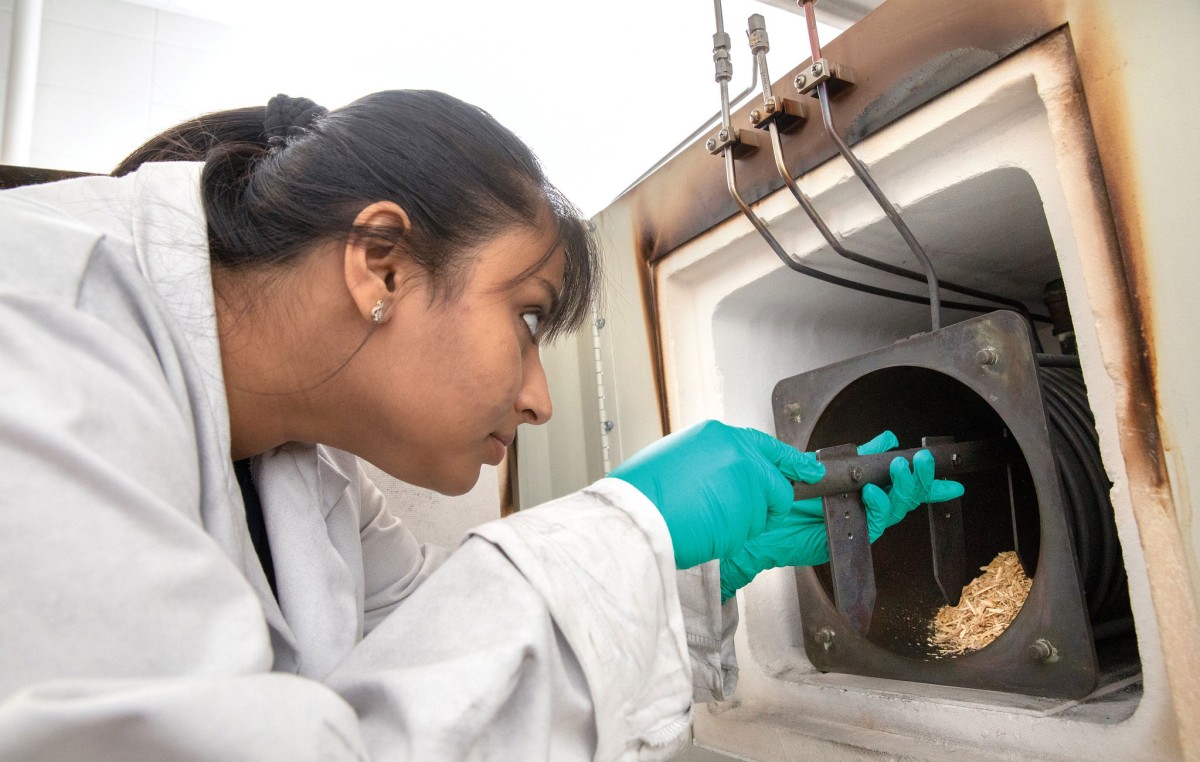
Another novel approach highlighted in Nemet’s report is biochar, a carbon-rich material produced by heating organic matter in an oxygen-starved environment.
Biochar can be made from waste products like manure, crop and forest residue as well as purpose-grown crops that can also be used to produce energy.
Because it breaks down more slowly than the material it’s made from, biochar can slow the carbon cycle and potentially improve soil conditions, said Thea Whitman, professor of soil microbiology in the College of Agricultural and Life Sciences, who studies how biochar decomposes.
Whitman co-authored a 2021 paper that found biochar systems could significantly reduce emissions and remove carbon from the atmosphere, but she cautions the carbon removal potential depends on factors such as the source material, how it was grown, and how the biochar is used.
“I think there are definitely contexts in which it can make sense,” Whitman said. “It’s going to depend on the system.”
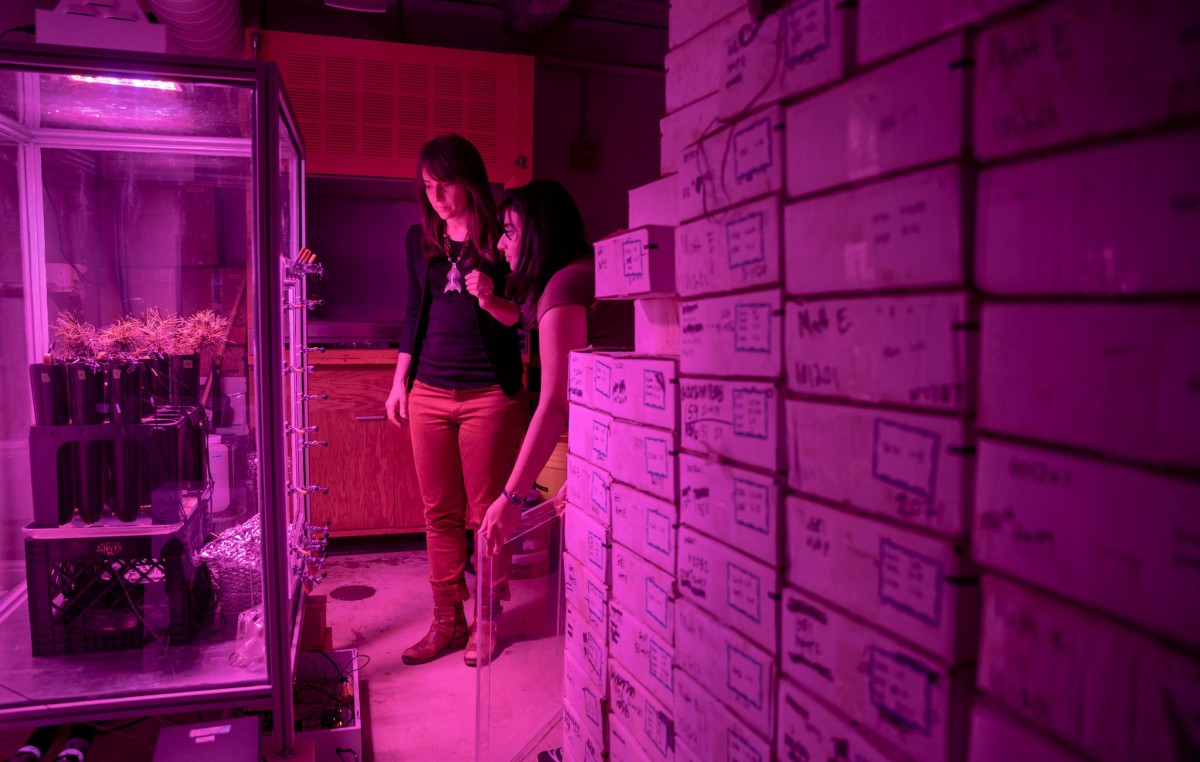
Nemet, who previously studied how policies and markets combined to lower the price of solar panels, said carbon removal technology is in a similar place as renewable energy was 25 years ago.
“It was a nascent industry. It wasn't really taken seriously,” Nemet said. “It was very small and most importantly, there was really scarce data about how many projects were happening, where they were happening, the returns on those projects, and the cost of the projects.”
In order to hit the Paris target, novel carbon removal technology will need to outpace the 30% annual growth rate that solar energy production achieved over the past three decades.
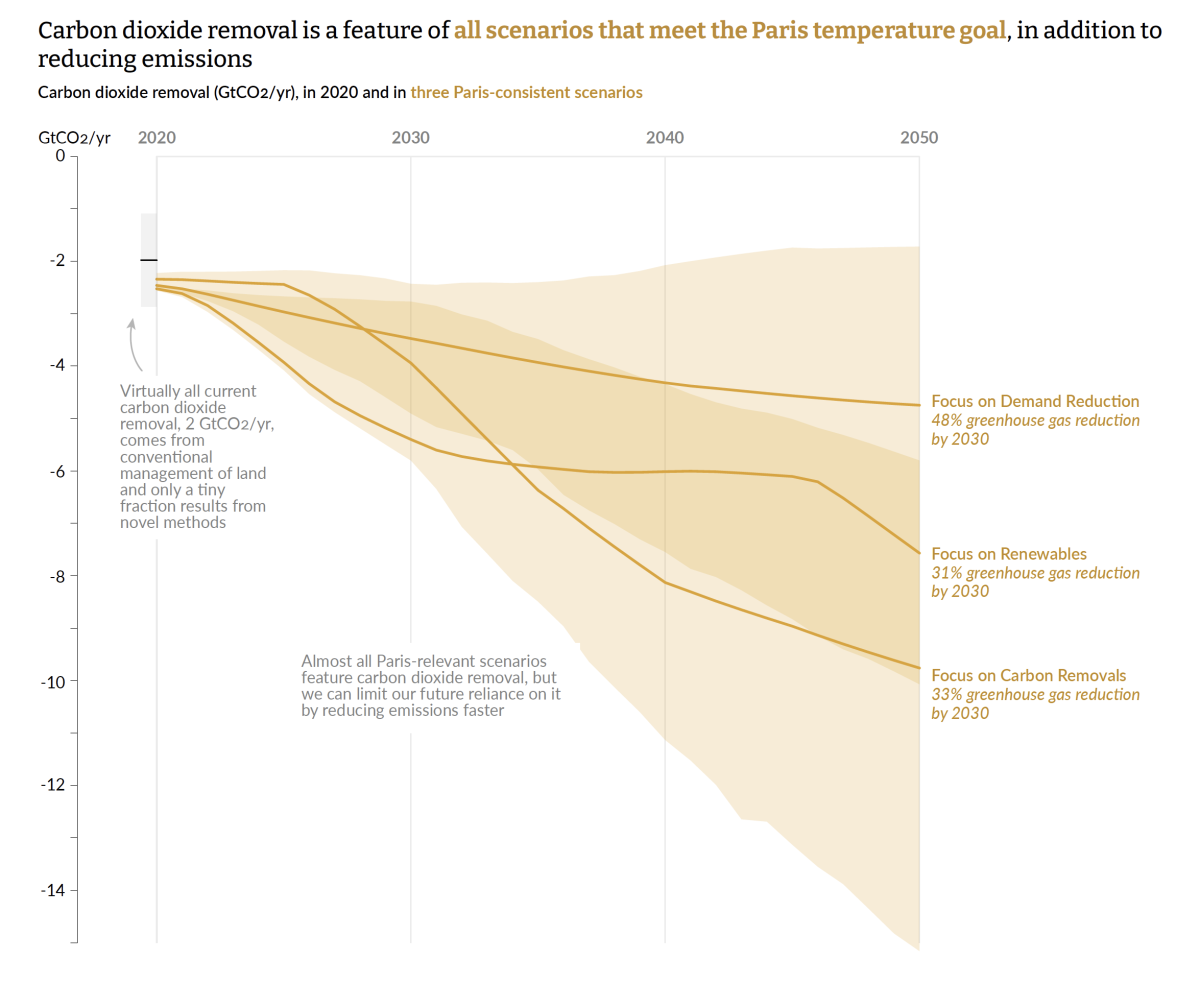
Nemet said the growth curve will need to be closer to that of electric vehicle sales, which doubled last year, or production of “green” ammonia, which is growing exponentially.
“There’s precedent for doing it,” Nemet said.
Even with recent surge in investments, research funding and patents, Nemet said it will take comprehensive policy support to spur the kind of growth needed. But he cautions that carbon dioxide removal is not a “silver bullet” that would allow the continued reliance on fossil fuels.
“Carbon removal is a pretty small part of the overall solution to climate change,” Nemet said. “Maybe a sixth of the mitigation for climate change is going to come from carbon dioxide removal. All the rest is from reducing emissions, and the more we do that, the less we need to do carbon dioxide removal.”


